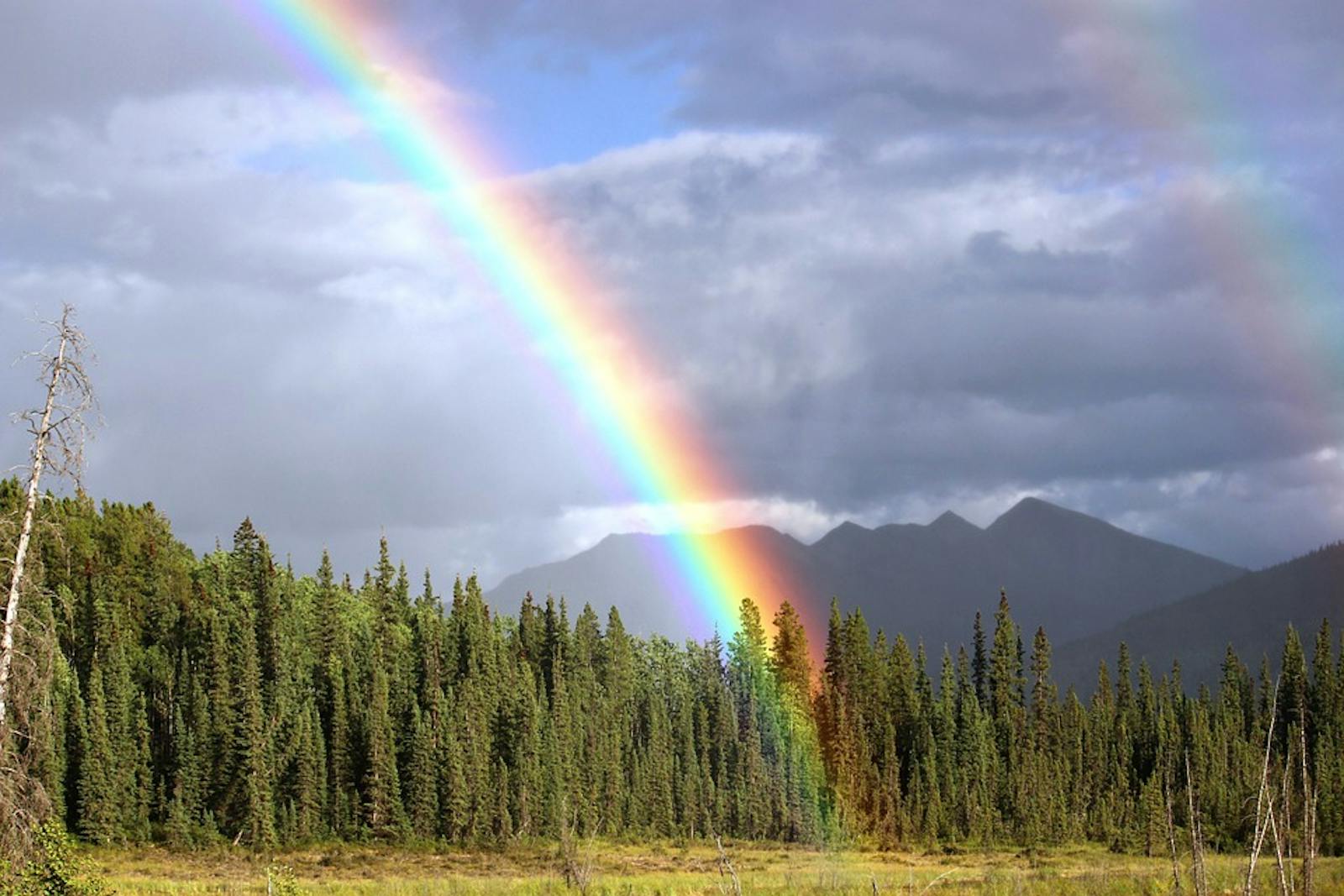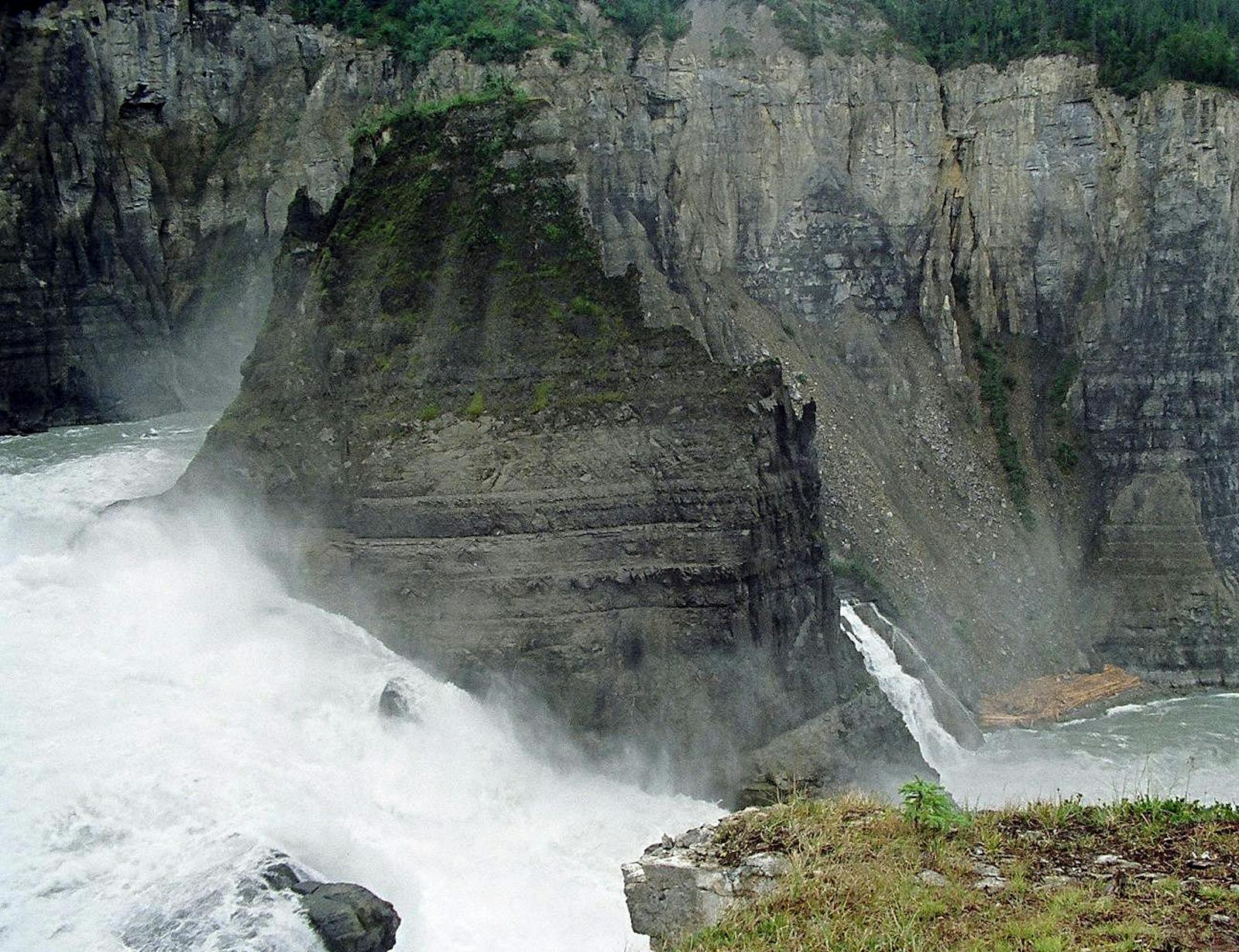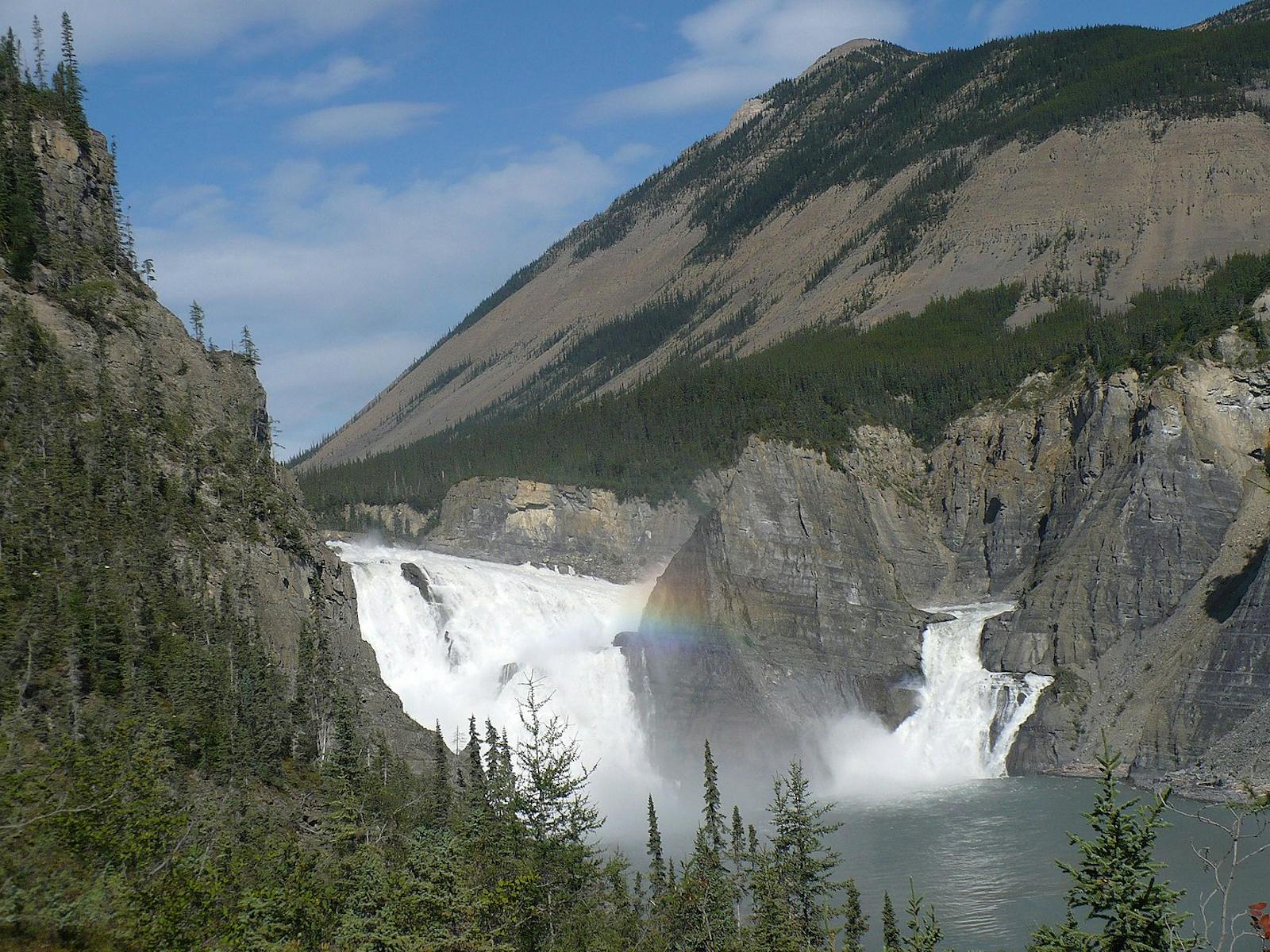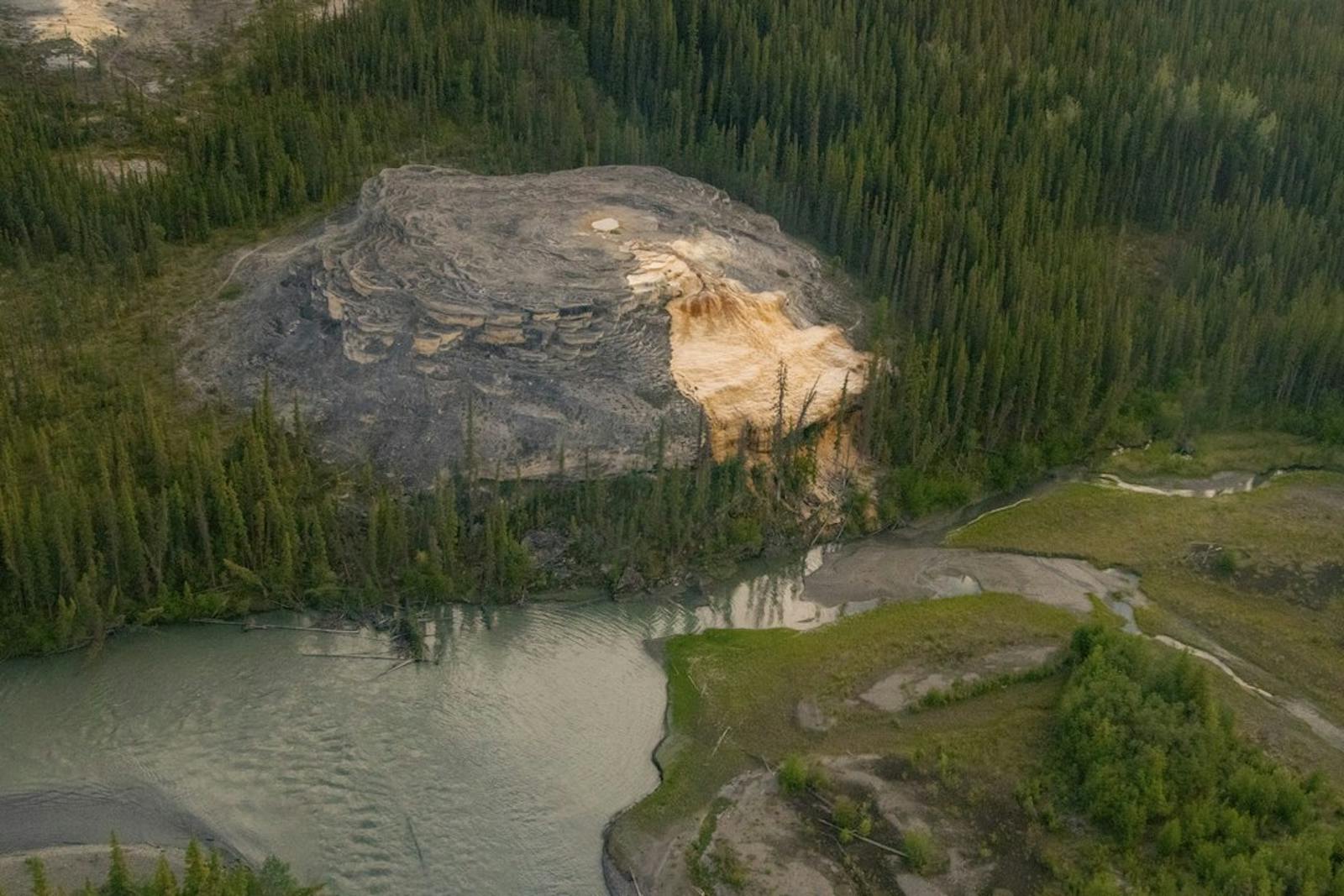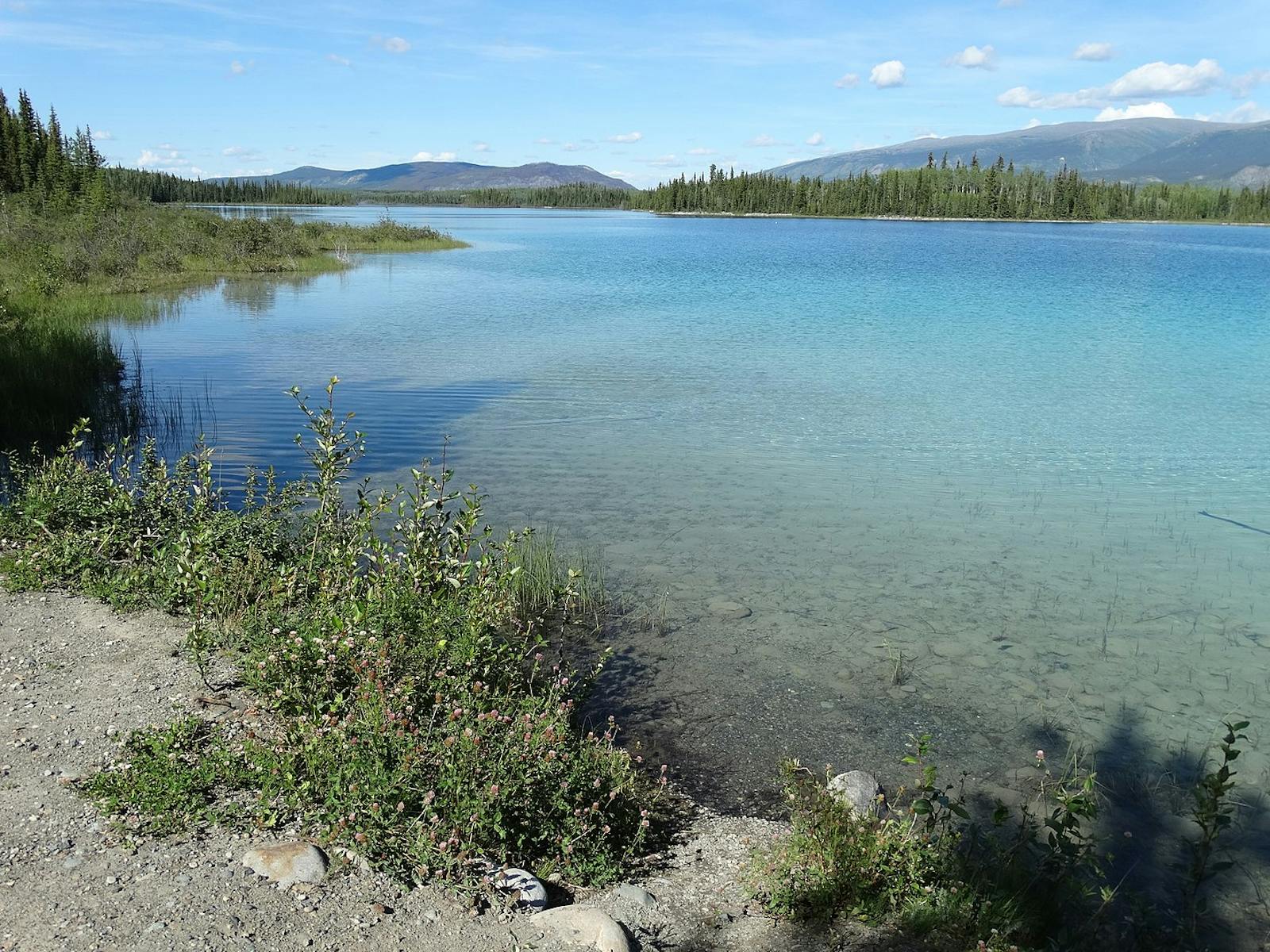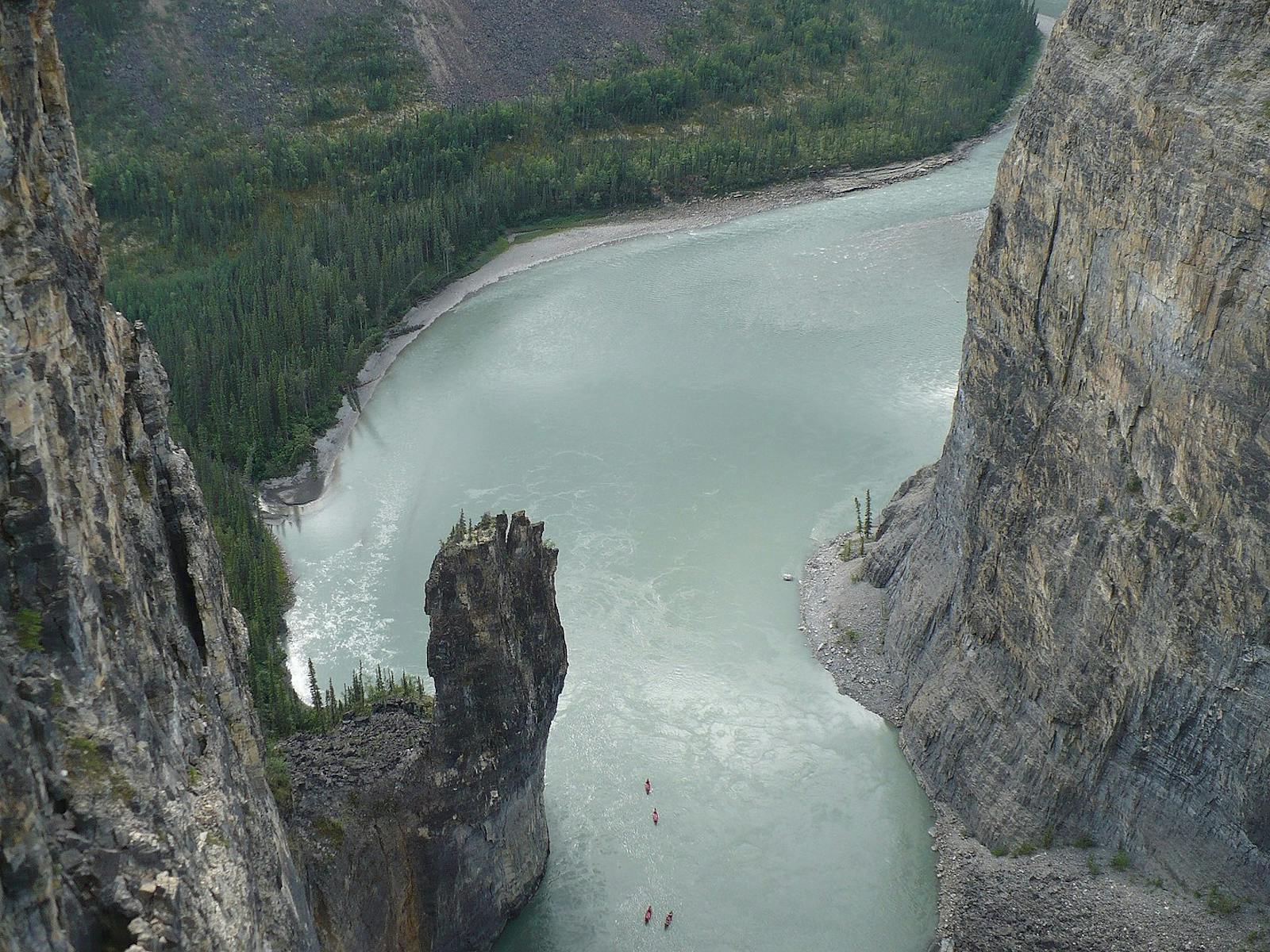Northern Cordillera Forests
The ecoregion’s land area is provided in units of 1,000 hectares. The conservation target is the Global Safety Net (GSN1) area for the given ecoregion. The protection level indicates the percentage of the GSN goal that is currently protected on a scale of 0-10. N/A means data is not available at this time.
Bioregion: Greater Yukon (NA6)
Realm: Subarctic America
Ecoregion Size (1000 ha):
16,888
Ecoregion ID:
380
Conservation Target:
98%
Protection Level:
3
States: Canada: BC, YT
The Northern Cordillera Forests ecoregion encompasses the northern extent of the Rocky Mountains (what Canadians call the “Northern Rockies”) and the northern Coast Mountains, as well as some smaller ranges and the Stikine Plateau. The ecoregion is bordered on the north by the Watson Highlands Taiga ecoregion, on the east by the Muskwa-Slave Lake Taiga ecoregion, on a small area of the southeast by the Alberta-British Columbia Foothills Forests ecoregion, on the south by the Central British Columbia Mountain Forests ecoregion, and on the west by the Pacific Coastal Mountains Icefields and Tundra and the Alaska-St. Elias Range Tundra ecoregions.
The Northern Cordillera Forests is a remote and wild ecoregion, but surprisingly only 9% of it is protected. Important protected areas include Northern Rocky Mountains Provincial Park, Stikine River Provincial Park, Mount Edziza Provincial Park, Spatsizi Plateau Wilderness Provincial Park, and Tatshenshini-Alsek Provincial Park, among others. Some 74% of the habitat outside protected areas remains intact, so opportunities remain to greatly increase protection before human activities expand.

The flagship species of the Northern Cordillera Forests ecoregion is the dall sheep. Image credit: Jacob W. Frank, Creative Commons
This ecoregion contains boreal mid-Cordilleran, subalpine, and subalpine landscapes, so the climate varies accordingly. For the entire ecoregion, the mean annual temperature is about -2ºC, with an average summer temperature of 10oC and average winter temperatures ranging from -18.5ºC to -13ºC. The mean annual precipitation generally ranges from 350 mm to 600 mm but can reach 1,000 mm at high elevations. Discontinuous permafrost occurs throughout the ecoregion but is mostly confined to lower, north-facing slopes.
As in all mountainous ecoregions, vegetation zoning follows the elevation gradient. Lower-elevation areas are warmer and are dominated by boreal forests of white and black spruce, lodgepole pine, and some paper birch and trembling aspen. The aspen and lodgepole pine regenerate after fire and dominate for a period of time before usually succeeding to spruce.
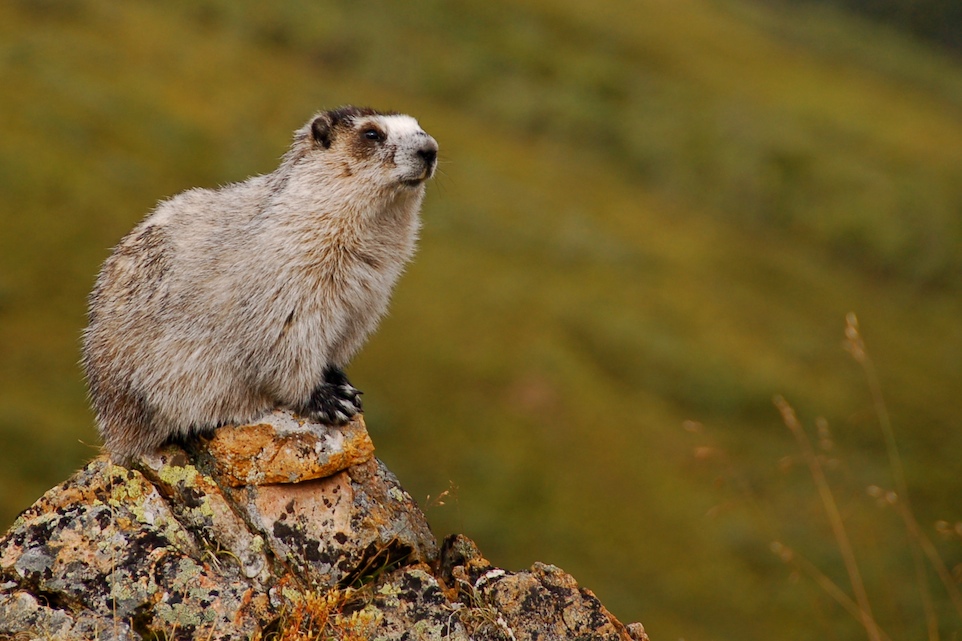
Hoary marmot. Image credit: Creative Commons
Subalpine forests are dominated by subalpine fir, black spruce, and white fir, along with occasional Engelmann spruce. Deciduous shrubs are common. Alpine areas feature dwarf birch, ericaceous shrubs (in the heath family), grasses, sedges, and willows, with lichens and bare rock above the tree line. Among the unique landscapes in this ecoregion are lava flows, basalt plateaus, cinder fields, and cinder cones on the extinct volcano Mount Edziza and the unnavigable Grand Canyon of the Stikine River, up to 300 m deep and 80 km long.
Several species of vertebrates reach their northern or southern limits in this ecoregion. Characteristic mammals include Dall sheep, Stone sheep (a subspecies of Dall sheep), mountain goat, moose, grizzly bear, black bear (including the glacier bear, a rare blue-gray color phase, in the Tatshenshini-Alsek areai), wolf, beaver, wolverine, pika, hoary marmot, Arctic ground squirrel, and North American brown lemming. Noteworthy birds include peregrine falcon, gyrfalcon, trumpeter swan, willow and rock ptarmigan, American golden plover, and Lapland and Smith’s longspurs.
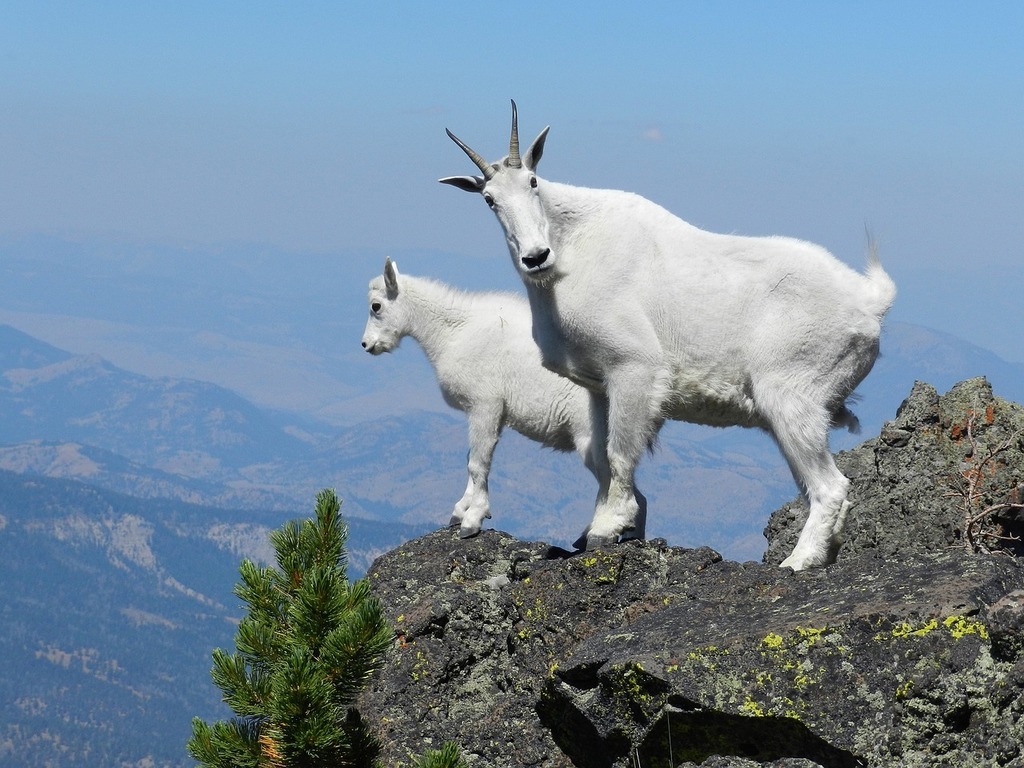
Mountain goats. Image credit: Creative Commons
This ecoregion, with only 9% in protected areas, requires significantly more protection before the existing threats of logging, hydroelectric development, mining, and road-building intensify. Over-hunting is also a problem in some areas. Priority conservation actions for the next decade are to: 1) vastly increase designation of conservation lands; 2) reduce the rate of logging, hydroelectric development, mining, and other intensive human activities throughout the ecoregion; and 3) protect vulnerable wildlife from over-hunting.
Citations
1. Ricketts, T.H. et al. 1999. Terrestrial Ecoregions of North America: A Conservation Assessment. Island Press, Washington, D.C.
2. Ecological Stratification Working Group. 1995. A National Ecological Framework for Canada. Environment Canada and other agencies, Ottawa.
3. Elliott-Fisk, D.L. 2000. The taiga and boreal forest. In M.G. Barbour and W.D. Billings, editors. North American Terrestrial Vegetation, 2nd edition. Cambridge University Press, Cambridge, U.K.
